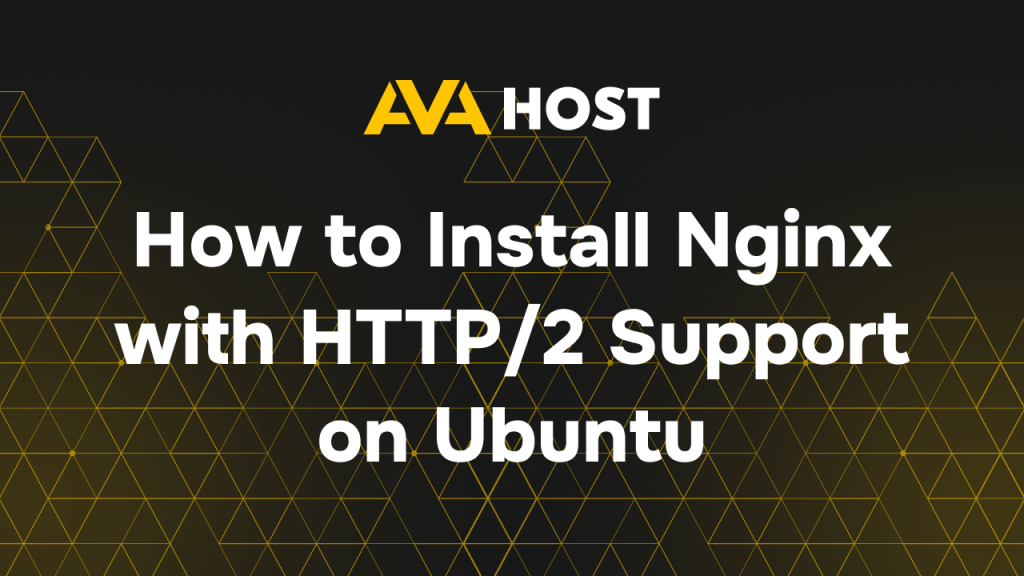F.A.Q

What is index.html? index.html is the default landing page that web servers (like Apache or Nginx) load when a visitor accesses a directory without specifying a file. Clean URLs = better SEO, smoother UX, and a more professional web presence. If your links look like this: https://example.com/index.html —it’s time to modernize. In this guide, we’ll […]

PHP is one of the most widely used server-side scripting languages, crucial for web development. If you’re working with Ubuntu and need to upgrade or install PHP, this guide will walk you through the process. Step 1: Check the Current Version of PHP Before making any changes, it’s always a good idea to check which […]

Introduction A hostname is a unique identifier assigned to a machine on a network. In Linux OS, setting a static hostname ensures consistency, making it easier to manage and identify servers or workstations. This article explains different methods to assign a static hostname on Linux, covering both temporary and permanent changes across various distributions. Checking […]

Introduction Systemd is a powerful init system used by most modern Linux distributions to manage system and service processes. One of its key features is the ability to automatically start services at boot. This article will guide you through the process of configuring a service to start at boot using Systemd, ensuring that your critical […]

Exporting emails from Webmail on a cPanel hosting is a straightforward process, allowing users to back up their emails or transfer them to another email client. This guide will walk you through the steps to export emails using the most commonly used Webmail interfaces: Roundcube and Horde. Export Emails Using Roundcube Roundcube is a popular […]

How to Manage Nginx on Your AvaHost Linux Server Welcome to AvaHost’s guide on managing Nginx! Whether you’re running a website, setting up a reverse proxy, or balancing traffic, Nginx is your go-to web server for speed and reliability. This step-by-step FAQ makes it easy to start, stop, restart, and troubleshoot Nginx on your Linux-based […]

Automate Tasks with Script Autoloading on Your AvaHost Ubuntu Server Boost your productivity on your AvaHost Ubuntu server by automating tasks with script autoloading! Whether you need scripts to run at startup, on a schedule, or as persistent services, this guide covers three easy methods to get you started. Perfect for system admins and developers, […]

Installing and Configuring LILO on Debian 11 (Bullseye) LILO (Linux Loader) is a lightweight, reliable bootloader for BIOS-based systems, ideal for minimalist or legacy server setups on AvaHost VPS instances. This guide provides a clear, step-by-step process to install and configure LILO on an AvaHost Debian 11 (Bullseye), with practical examples to ensure precise control […]

Nginx is a high-performance web server and reverse proxy, widely used for hosting websites and applications. HTTP/2 significantly improves web performance by enabling multiplexing, header compression, and other optimizations. In this guide, we’ll cover how to install Nginx on Ubuntu with HTTP/2 support. Step 1: Update System Packages Before installing Nginx, update your package list […]

How to Resolve the 429 “Too Many Requests” Error The HTTP 429 “Too Many Requests” error is a rate-limiting response code sent by a server when a user (or client) exceeds the number of allowed requests within a given timeframe. This status is typically part of security, API protection, or anti-DDoS mechanisms. In production environments, […]


